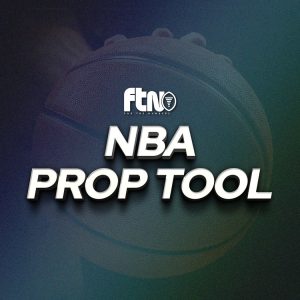
As if it wasn’t enough for the Kansas City Chiefs to be the dynasty perched atop the league, they have the sheer temerity to be one of the league’s youngest teams while doing so? For shame.
While the 2023 Chiefs were slightly older than the 2022 version, they still ranked just 25th in snap-weighted age (SWA) at 26.0 and boasted the youngest defense in the league. In fact, with a SWA of just 25.2, the Chiefs boasted one of the 20 youngest defenses in our database, going back to 2006. And all that youth and inexperience led them to finish seventh in defensive DVOA and fifth in total DVOA, and to win yet another Super Bowl title. Ah, to be young and talented at the same time.
It’s time to go through our snap-weighted age (SWA) data, calculating a team’s age not by just averaging the ages of the players on the roster, but by weighing the age of each player by the number of snaps he played in the regular season. We have been tracking this since 2006, which allows us to have a fairly good impression of the trends in roster construction and player development we have seen over nearly two decades. And in 2023, that meant a return to normalcy.
Traditionally, there is some correlation between a high SWA (and an older roster) and success, be that in DVOA or straight wins and losses. This makes intuitive sense – if you’re receiving second and third contracts and still starting into your 30s, you’re probably pretty good at football. In 2022, however, that correlation flipped. There were a number of really good, really young offenses two years ago, with teams such as Kansas City, Cincinnati and Detroit all boasting very good young offenses, while five of the eight worst offenses in the league were also among the league’s oldest.
That turned out to be a one-year blip, with age once again having a positive correlation with success in 2023. There was a .23 correlation between DVOA and SWA, both overall and on offense. The correlation is less strong on defense at just -.14, but that still means (because lower defensive DVOA is better) that older teams were a little better in 2023. All things being equal, a team loaded with veterans is likely to have more success than a team filled with rookies. Teams that are both young and successful are, generally speaking, the exceptions. And it’s a pretty nice place to be, if you ask Kansas City.
Because this is the first time we’ve run this article on FTN, we should make something explicit here – this is more a descriptive stat than a prescriptive one. A team shouldn’t go out and sign the oldest players they can find just because there is a correlation between age and success any more than they should run more kneel downs because teams that kneel usually win. It can, however, be useful to try to project future performance. Older teams are more likely to have players retire, move on, or generally decline from year-to-year. A particularly old unit or position group can be a sign that a team needs to target it in the draft, even if their performance was fine last season.
2023 Snap-Weighted Age: By Unit
The following table shows SWA for the overall team (TOT), along with the unit breakdown for offense, defense, and special teams. Units are ranked from oldest to youngest.
| Team | TOT SWA | Rk | OFF SWA | Rk | DEF SWA | Rk | ST SWA | Rk |
| NO | 27.6 | 1 | 27.8 | 1 | 27.6 | 2 | 26.8 | 6 |
| NE | 27.1 | 2 | 26.8 | 12 | 27.0 | 7 | 28.1 | 1 |
| SF | 27.1 | 3 | 27.6 | 2 | 26.9 | 12 | 26.3 | 13 |
| DEN | 27.0 | 4 | 27.3 | 4 | 26.9 | 10 | 26.4 | 11 |
| MIA | 27.0 | 5 | 26.9 | 8 | 27.1 | 6 | 26.8 | 5 |
| BUF | 26.9 | 6 | 26.5 | 17 | 27.5 | 3 | 26.5 | 9 |
| HOU | 26.9 | 7 | 26.6 | 16 | 27.0 | 9 | 27.3 | 2 |
| PHI | 26.8 | 8 | 27.1 | 5 | 27.3 | 4 | 24.9 | 32 |
| LV | 26.8 | 9 | 27.4 | 3 | 26.3 | 20 | 26.8 | 7 |
| PIT | 26.7 | 10 | 25.7 | 29 | 27.9 | 1 | 26.3 | 12 |
| CLE | 26.6 | 11 | 26.8 | 10 | 26.4 | 18 | 26.6 | 8 |
| BAL | 26.6 | 12 | 27.0 | 7 | 26.4 | 19 | 26.3 | 14 |
| CAR | 26.6 | 13 | 26.2 | 23 | 27.2 | 5 | 26.2 | 16 |
| MIN | 26.5 | 14 | 26.4 | 18 | 26.9 | 11 | 25.9 | 21 |
| SEA | 26.5 | 15 | 26.2 | 22 | 27.0 | 8 | 25.9 | 20 |
| ATL | 26.5 | 16 | 26.0 | 25 | 26.8 | 14 | 26.9 | 4 |
| Team | TOT SWA | Rk | OFF SWA | Rk | DEF SWA | Rk | ST SWA | Rk |
| DAL | 26.5 | 17 | 26.7 | 13 | 26.7 | 15 | 25.2 | 30 |
| JAX | 26.4 | 18 | 26.3 | 19 | 26.7 | 16 | 26.2 | 18 |
| TEN | 26.4 | 19 | 26.6 | 15 | 26.1 | 23 | 26.5 | 10 |
| NYJ | 26.3 | 20 | 25.9 | 28 | 26.4 | 17 | 27.0 | 3 |
| CIN | 26.3 | 21 | 26.7 | 14 | 26.2 | 22 | 25.6 | 26 |
| LAC | 26.3 | 22 | 25.9 | 26 | 26.8 | 13 | 25.8 | 25 |
| WAS | 26.2 | 23 | 26.8 | 11 | 25.7 | 26 | 26.3 | 15 |
| LAR | 26.2 | 24 | 27.1 | 6 | 25.6 | 28 | 25.4 | 29 |
| KC | 26.0 | 25 | 26.8 | 9 | 25.2 | 32 | 25.5 | 27 |
| DET | 25.9 | 26 | 26.2 | 21 | 25.5 | 29 | 26.1 | 19 |
| ARI | 25.9 | 27 | 26.2 | 20 | 25.3 | 30 | 26.2 | 17 |
| TB | 25.9 | 28 | 25.7 | 30 | 26.3 | 21 | 25.2 | 31 |
| IND | 25.8 | 29 | 25.6 | 31 | 26.1 | 25 | 25.8 | 23 |
| CHI | 25.8 | 30 | 25.9 | 27 | 25.6 | 27 | 25.8 | 22 |
| NYG | 25.6 | 31 | 26.0 | 24 | 25.2 | 31 | 25.8 | 24 |
| GB | 25.4 | 32 | 24.6 | 32 | 26.1 | 24 | 25.5 | 28 |
| AVERAGE | 26.4 | 26.5 | 26.5 | 26.2 |
The team with the biggest change between 2022 and 2023? The Green Bay Packers, who fell from 26.8 to 25.4 and became the youngest team in the league last season. Switching the 39-year-old Aaron Rodgers for the 25-year-old Jordan Love, it turns out, will have a fairly significant impact on your team’s overall age. Normally, an old starting quarterback changing teams will have a corresponding impact on his new team, so we were expecting an equivalent rise in the Jets’ SWA, but, well…
The Packers’ age reduction plan didn’t stop with Rodgers, however. Out went 38-year-old Marcedes Lewis in favor of rookie Luke Musgrave, and 31-year-old Jarran Reed for 25-year-old Devonte Wyatt. Add in David Bakhtiari’s knee injury, and it’s easy to see why the Packers got so much dramatically younger in one offseason. In fact, Green Bay’s offensive SWA of 24.6 is the youngest we’ve ever tracked, taking the crown from the 2014 Jaguars (24.7).
The 2014 Jaguars were terrible, with an offensive DVOA of -27.1%. This year’s Packers, however? A very credible sixth with an offensive DVOA of 13.0%. They were the only team in the league in the top quartile in both offensive DVOA and SWA; the only offense both good and young at the same time. They even managed to get younger this offseason at the one position group where they were slightly older than average on offense, swapping Aaron Jones for Josh Jacobs. That bodes very well going forward.
That puts the Packers on a course to battle it out for the NFC North title for quite a while with the Lions. Detroit joined Kansas City as the two teams ranked in both the top eight in overall DVOA and the bottom eight in age. Last season, the Chiefs and Lions were two of the seven youngest teams we had ever recorded. Both teams got substantially older this season – their SWAs rose by +0.6, behind only the Steelers, Browns and Panthers. That’s mostly just a sign of those young players from last season getting another year under their belts, and that young talent took both teams to their respective conference championships. The future is bright there, too.
But we have to talk about the Chiefs’ defense a little more. Kansas City has absolutely poured draft capital into its defense in recent years, with 18 of the Chiefs’ 29 draft picks in the last three drafts being defenders. With numbers like that, you’re sure to hit on someone, and that’s how you get a defense with Trent McDuffie and George Karlaftis and Willie Gay and Derrick Nnadi and so on and so forth all making significant contributions. Now, they can maybe let those defenders age together and spend some time trying to find a wide receiver who can catch footballs.
The Chiefs’ Super Bowl opponents are in the opposite boat. The 49ers were the epitome of the old-but-good team last season, with the second-oldest offense in the league despite having a quarterback who looks like he’s three months away from taking his driver’s test. This is what happens when you use three first-round picks on a player who isn’t on the roster anymore; you can see the impact of the Trey Lance trade on the 49ers’ depth. The 49ers were among the league’s three oldest at running back, tight end and offensive line. Some of that is because of their roster construction – not a lot of teams have room for a 32-year-old fullback like Kyle Juszczyk – but the lack of young prospects is very noticeable when looking at who has been eating up snaps for them. There’s a reason they tried to steal Brock Wright from the Lions this offseason; the depth behind the superstars is lacking because their drafts simply have not been there. It’s a credit to the quality of those topline players and to the coaching staff that the 49ers have been as good as they have despite basically punting on three straight drafts, but they’ll need to find a next generation of players pronto if they want to stay contenders beyond this season.
The Steelers are the 49ers’ counterparts on defense, leading the league in defensive SWA while finishing sixth in DVOA. Only three players under 27 logged 500 snaps for the Steelers defense, whereas players like Patrick Peterson, Damontae Kazee and Cameron Heyward logged plenty of miles on the wrong side of 30. Peterson is currently not on the roster and Kazee looks like he’s being demoted to a rotational or sub-package role with the addition of DeShon Elliott, so perhaps the youth movement has already begun.
No team was both old and bad across the board, but there were a couple teams who managed the feat on one side of the ball. The Raiders’ offense was the third oldest in the league but only managed a -10.7% DVOA. Having the oldest wide receiver room in the league with no one to throw to them will do that; Davante Adams’ frustration throughout the year was palpable as Jimmy Garoppolo and Aiden O’Connell scuffled their way through the season. If only they had some kind of offensive genius calling the shots, maybe they could have somehow built a functional offense. That’s probably crazy talk, though.
Meanwhile, the Eagles’ defense all fell off of a cliff at the same time, as the fourth-oldest defense in the league plummeted to an 11.4% DVOA. They started out alright but got noticeably slower and more sluggish as the year went along. Starting three 30-somethings in the secondary (James Bradberry, Darius Slay and Kevin Byard) didn’t exactly pan out. Fletcher Cox’s retirement will lower this number next year for Philadelphia, but they need some new blood in the worst way.
2023 Snap-Weighted Age by Position
Not all teams are old in the same ways. Because offensive SWA is so affected by the offensive line, and defensive SWA tends to give teams with young secondaries an advantage, it can be useful to see where teams are young or old in particular. The following table lists every team’s SWA in each positional group. Note that special teams only includes specialists, not other players on special teams. (We had to use an image to get the table to appear correctly for those of you who have “night mode” on the site.)

The Packers were very nearly younger than average across the board, missing out by just 0.2 SWA for their defensive backs and 0.7 SWA for running backs. They were among the youngest three teams in five different position groups – receivers, tight ends, special teams and offensive and defensive lines. When Jordan Love counts as a grizzled veteran, you know you have a young roster.
The Vikings, meanwhile, were the only team to be older than average in eight out of 10 position groups, with only wide receivers and offensive linemen keeping them from the sweep. They only finished 14th in snap-weighted age because they’re only just above average in most places, but they’re pretty uniformly across the board. Just replacing Kirk Cousins alone is bound to have them looking younger in 2024, but it’s not a case of one guy dragging the averages up here.
The Titans take home the crown for oddest age distribution in the league. They were second oldest at three different positions – receiver, edge rusher, and specialists – but also had notably young linemen on both sides of the ball, as well as linebackers and defensive backs. As such, they had a fairly average 26.4 SWA, but had just one position group anywhere close to average; running backs at 25.5. The Titans’ roster is in a very odd spot at the moment, and it should look substantially different to start 2024.


































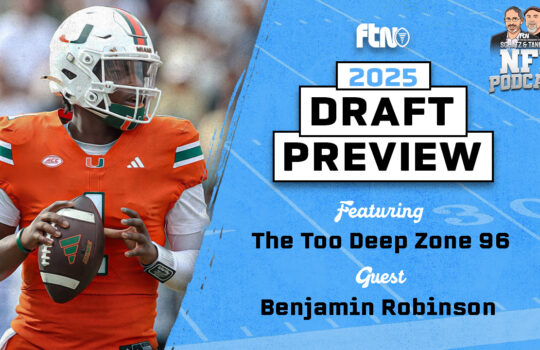




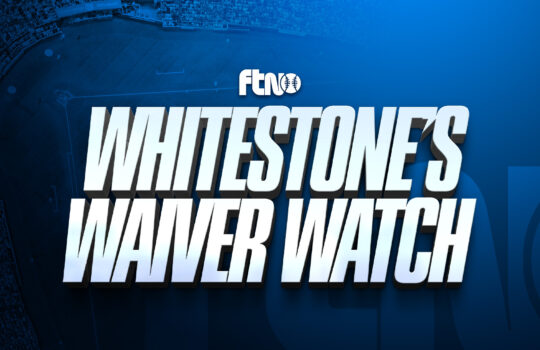







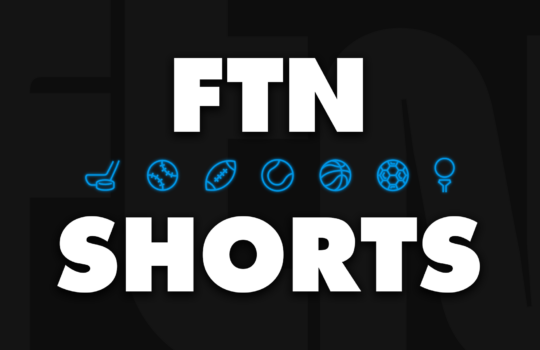
 New York Jets
New York Jets  New England Patriots
New England Patriots  Miami Dolphins
Miami Dolphins  Buffalo Bills
Buffalo Bills  Pittsburgh Steelers
Pittsburgh Steelers  Cleveland Browns
Cleveland Browns  Cincinnati Bengals
Cincinnati Bengals  Baltimore Ravens
Baltimore Ravens  Tennessee Titans
Tennessee Titans  Jacksonville Jaguars
Jacksonville Jaguars  Indianapolis Colts
Indianapolis Colts  Houston Texans
Houston Texans  Las Vegas Raiders
Las Vegas Raiders  Los Angeles Chargers
Los Angeles Chargers  Kansas City Chiefs
Kansas City Chiefs  Denver Broncos
Denver Broncos  Washington Commanders
Washington Commanders  Philadelphia Eagles
Philadelphia Eagles  New York Giants
New York Giants  Dallas Cowboys
Dallas Cowboys  Minnesota Vikings
Minnesota Vikings  Green Bay Packers
Green Bay Packers  Detroit Lions
Detroit Lions  Chicago Bears
Chicago Bears  Tampa Bay Buccaneers
Tampa Bay Buccaneers  New Orleans Saints
New Orleans Saints  Carolina Panthers
Carolina Panthers  Atlanta Falcons
Atlanta Falcons  San Francisco 49ers
San Francisco 49ers  Seattle Seahawks
Seattle Seahawks  Los Angeles Rams
Los Angeles Rams  Arizona Cardinals
Arizona Cardinals 
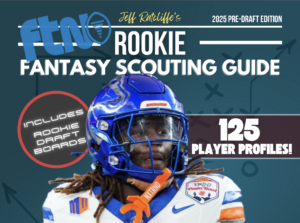
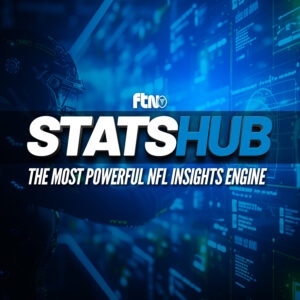
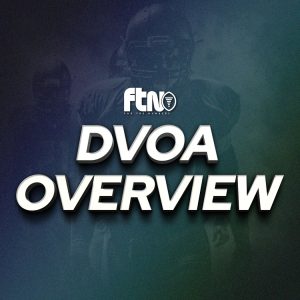
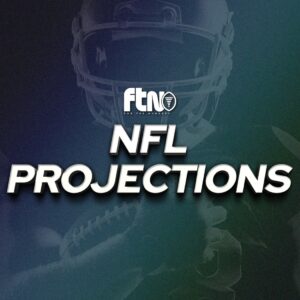


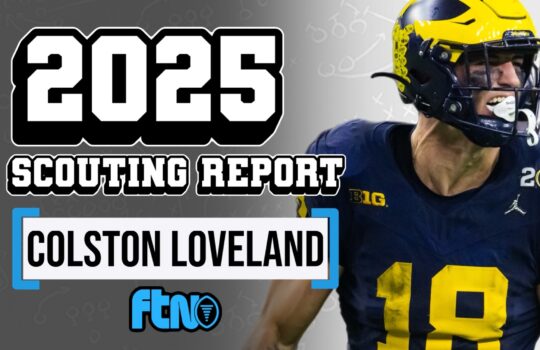


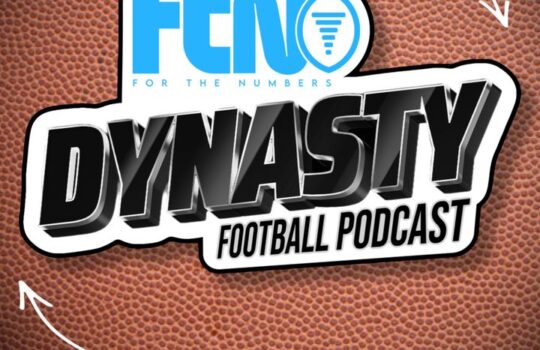
 Boston Celtics
Boston Celtics  Brooklyn Nets
Brooklyn Nets  Philadelphia 76ers
Philadelphia 76ers  New York Knicks
New York Knicks  Toronto Raptors
Toronto Raptors  Chicago Bulls
Chicago Bulls  Detroit Pistons
Detroit Pistons  Milwaukee Bucks
Milwaukee Bucks  Cleveland Cavaliers
Cleveland Cavaliers  Indiana Pacers
Indiana Pacers  Orlando Magic
Orlando Magic  Atlanta Hawks
Atlanta Hawks  Charlotte Hornets
Charlotte Hornets  Miami Heat
Miami Heat  Washington Wizards
Washington Wizards  Denver Nuggets
Denver Nuggets  Minnesota Timberwolves
Minnesota Timberwolves  Oklahoma City Thunder
Oklahoma City Thunder  Portland Trail Blazers
Portland Trail Blazers  Utah Jazz
Utah Jazz  LA Clippers
LA Clippers  Golden State Warriors
Golden State Warriors  Los Angeles Lakers
Los Angeles Lakers  Phoenix Suns
Phoenix Suns  Sacramento Kings
Sacramento Kings  Dallas Mavericks
Dallas Mavericks  Houston Rockets
Houston Rockets  Memphis Grizzlies
Memphis Grizzlies  New Orleans Pelicans
New Orleans Pelicans  San Antonio Spurs
San Antonio Spurs 



